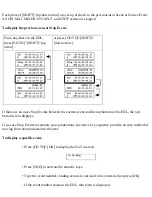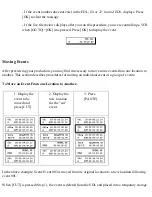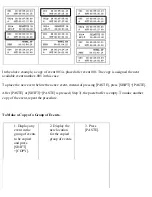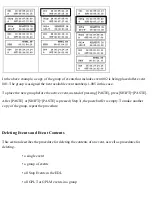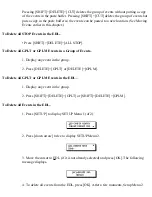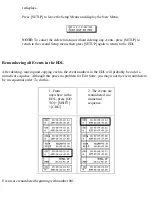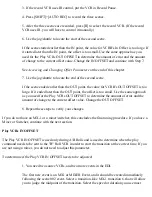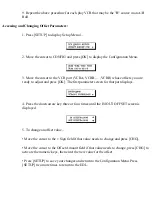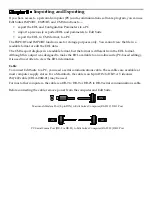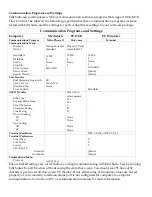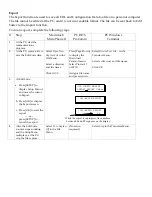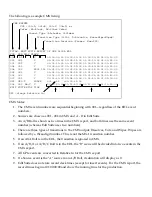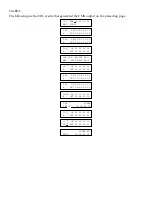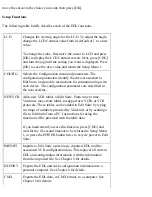
Japan) system.
Depending on the type of VCR or camcorder you are using, you can measure the amount
of error accurately by turning the jog knob slowly, watching the monitor carefully, and
counting the number of frames that change. Turn the knob clockwise if Edit Suite paused
too early, or counterclockwise if it paused too late.
If your VCR or camcorder does not have jog capabilities, estimate the number of frames
of error.
If you have a window dub and you know the dub time that equates to the IN time for your
scene, you can calculate the difference in frames.
6. Determine the change to the offset value.
Offsets are measured in 1/8 frame increments. Multiply the amount of error you
determined in Step 5 by eight. (For example, five frames of error times eight is 40.) This
is the amount of change you should make to the play VCR's OUT OFFSET parameter.
7. Add or subtract the value in Step 6 to the current OUT OFFSET value, then repeat this
procedure to verify your changes. If you find that sometimes you are a frame or two early
and sometimes a frame or two late, select the midpoint for the offset.
See Accessing and Changing Offset Parameters at the end of this chapter.
Record VCR (VCRR) IN and OUT OFFSETS
After the Out Offsets for the Play VCRs are adjusted, determine whether the In and Out Offsets for the
Record VCR need to be adjusted. The IN OFFSET determines when the Record command is sent. The
OUT OFFSET determines when the Record Pause command is sent.
To determine if the Record VCR In and Out Offsets need to be adjusted:
1. Insert a blank tape in the Record VCR and rewind the tape.
If PROTO=422 and TCSRC=INT, follow the instructions in your VCR manual to
prestripe your tape, then position the tape approximately one minute from the start.
2. Use the up/down arrow keys to display the first of the three events you created in the
Preparation section.



